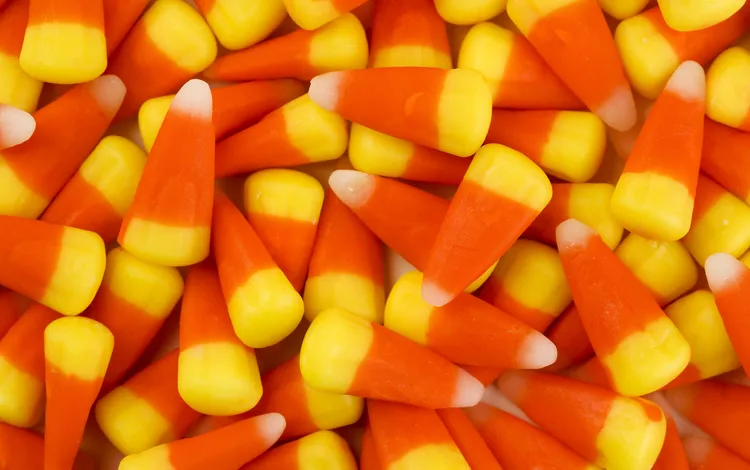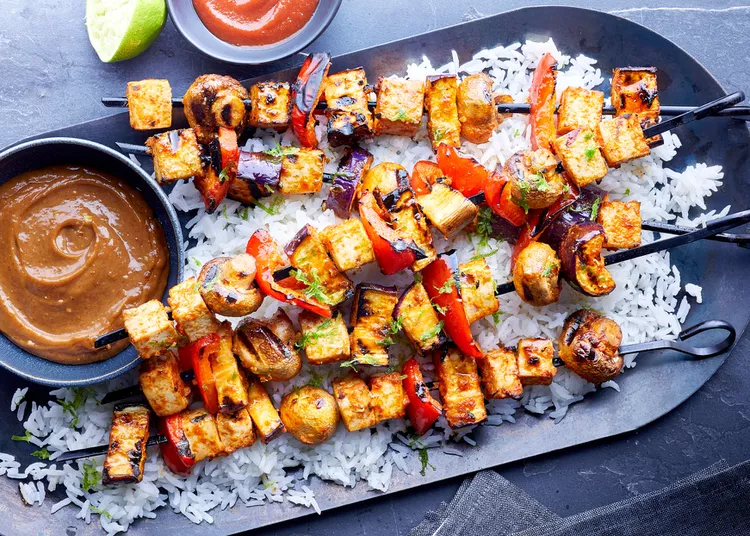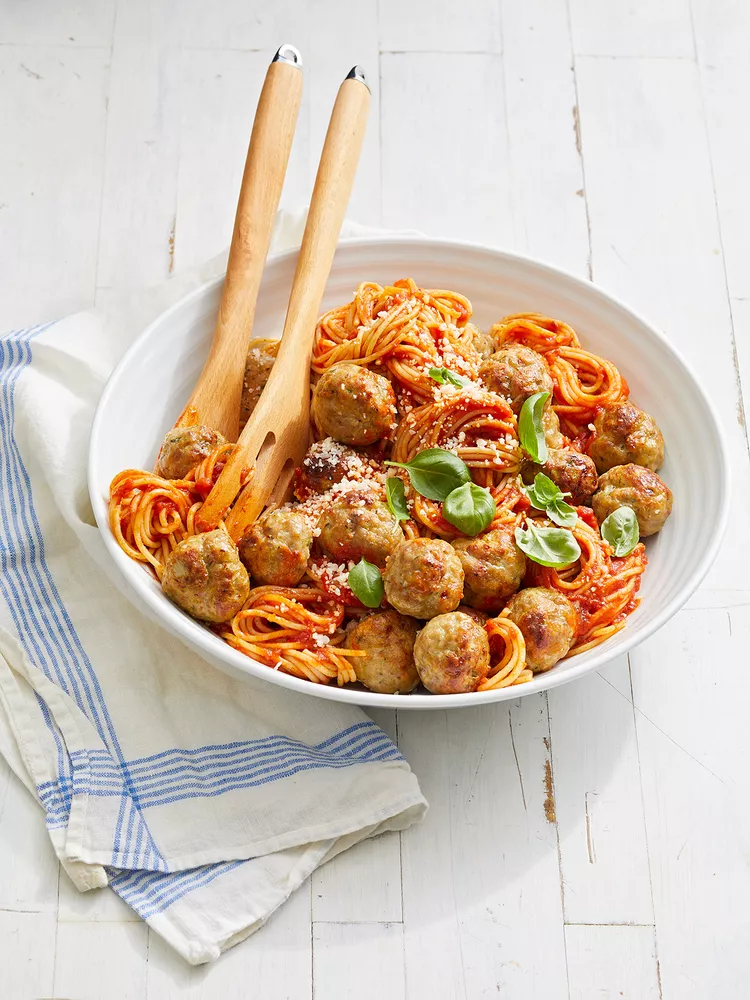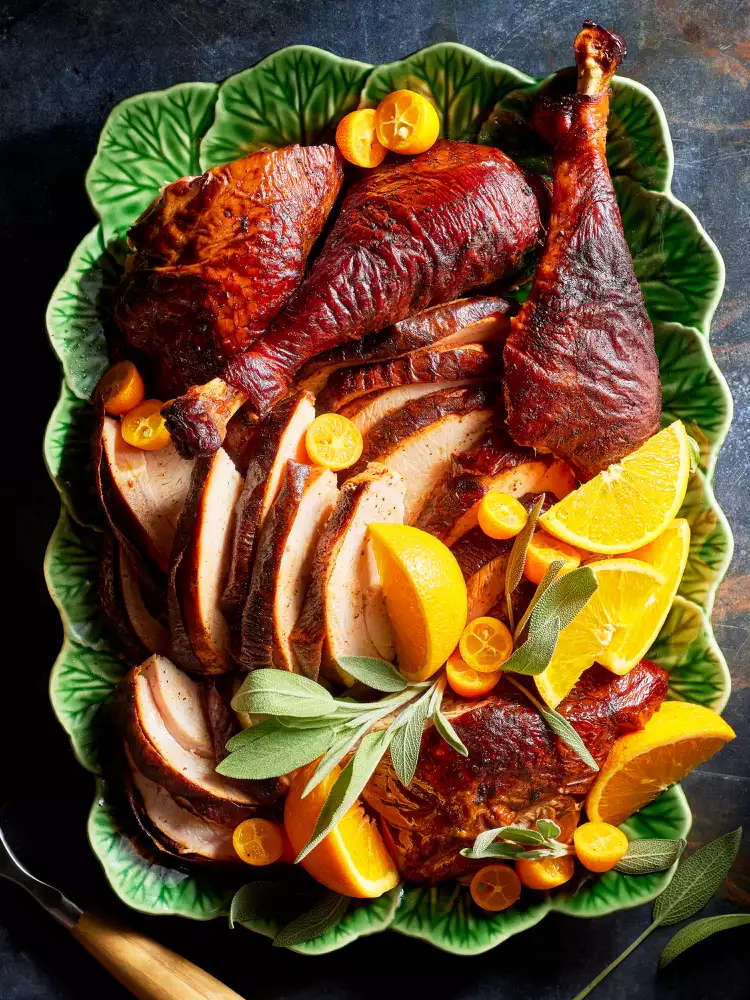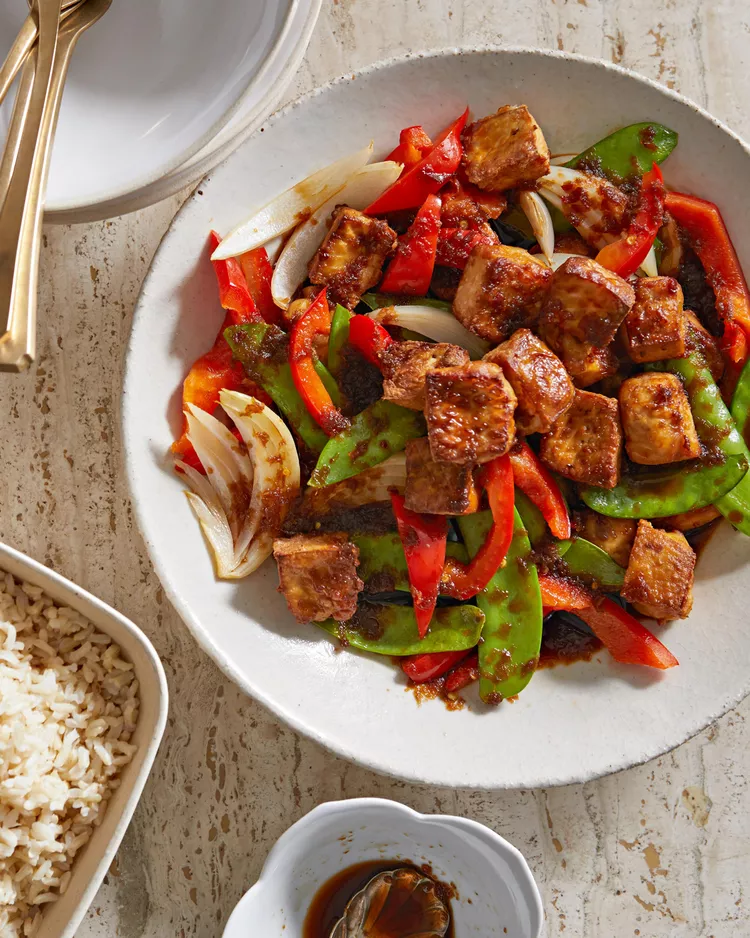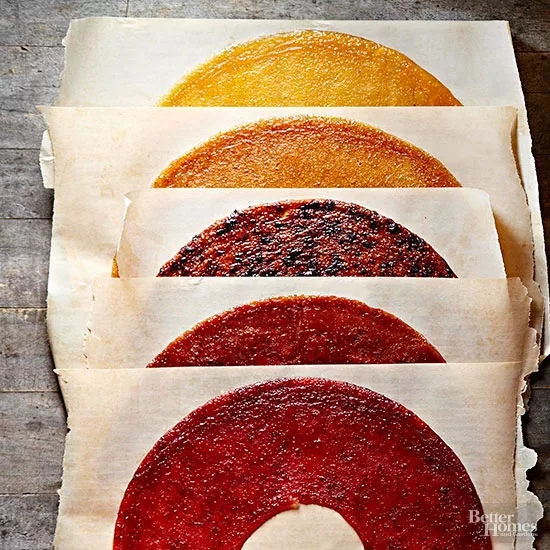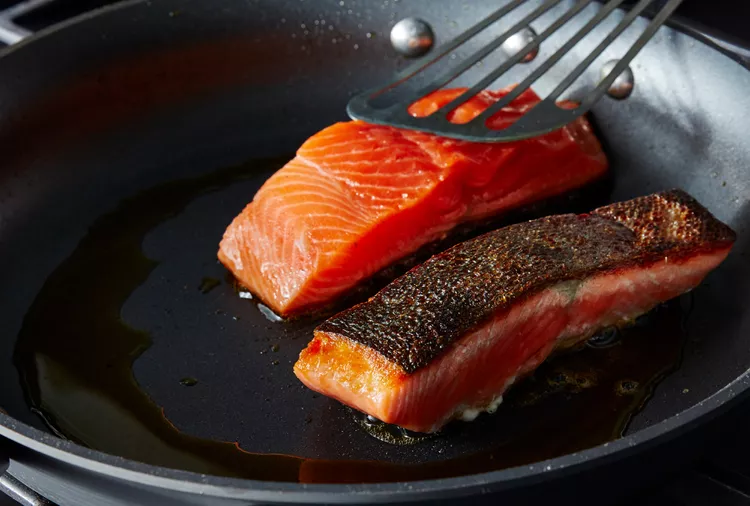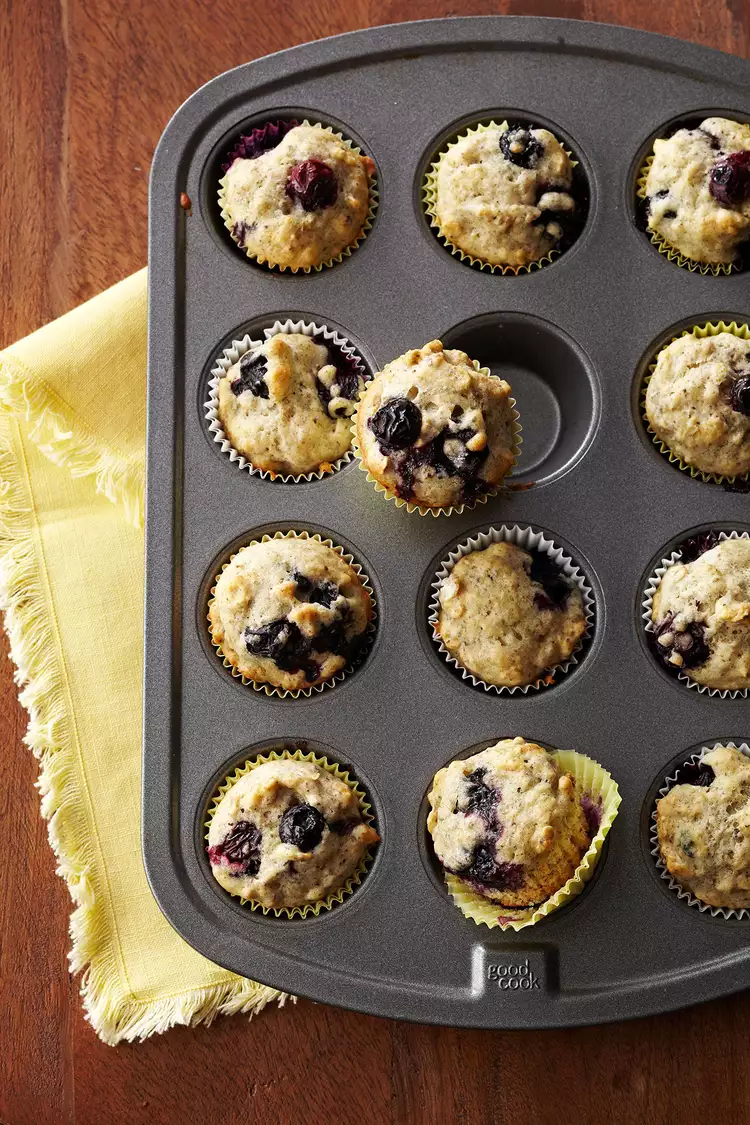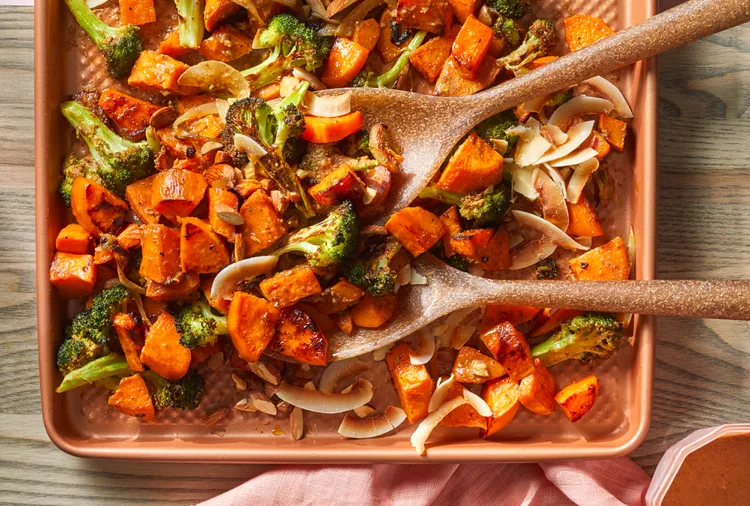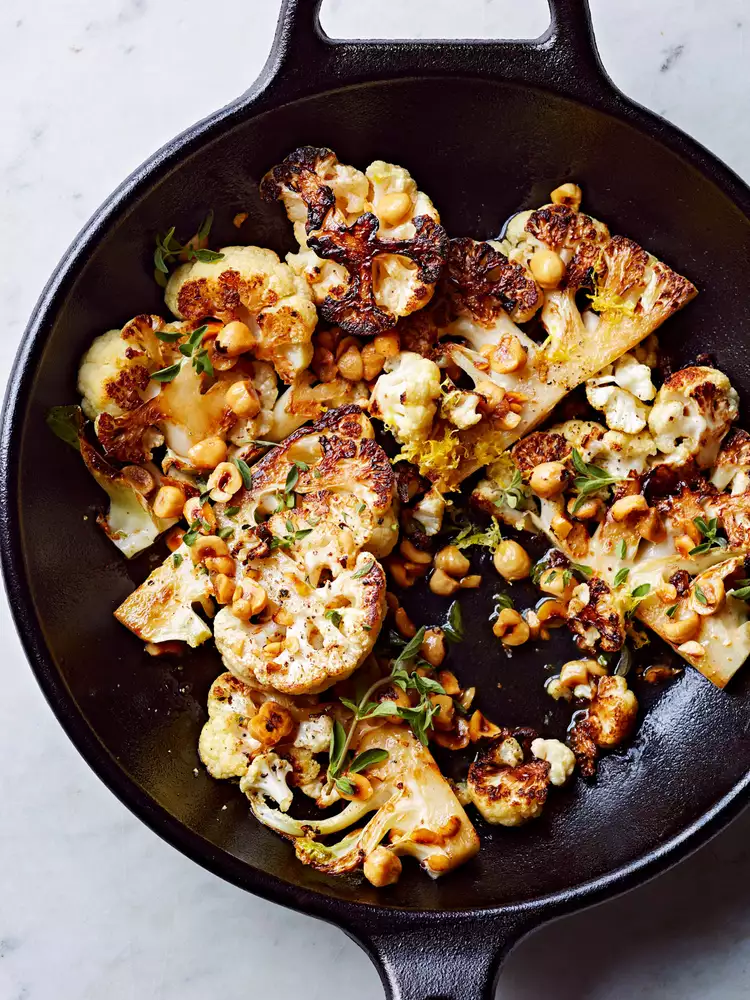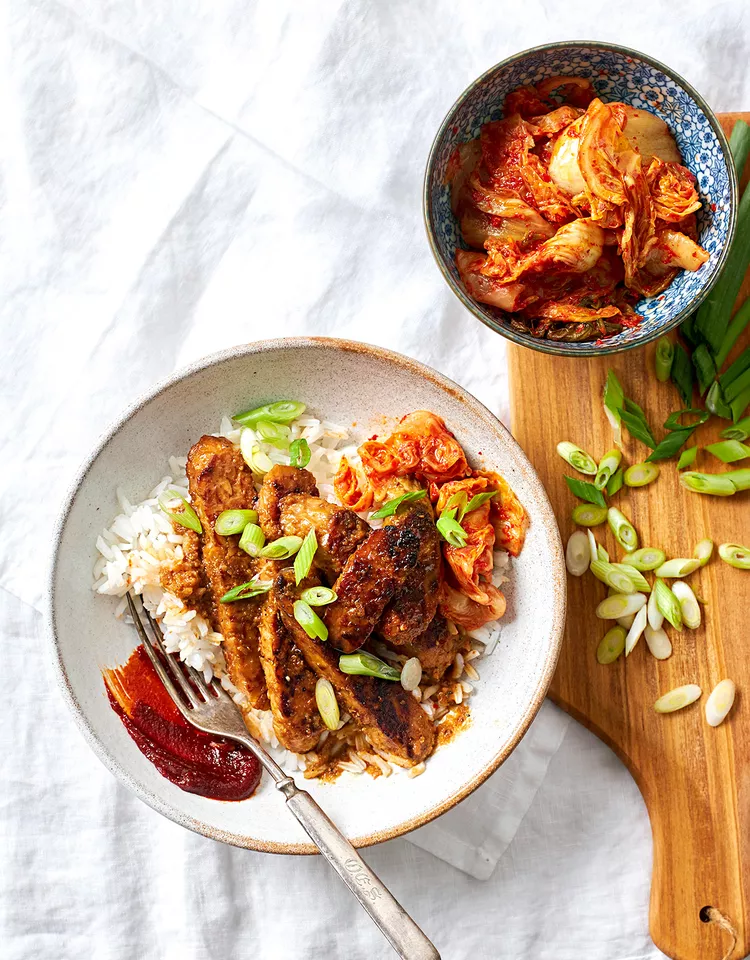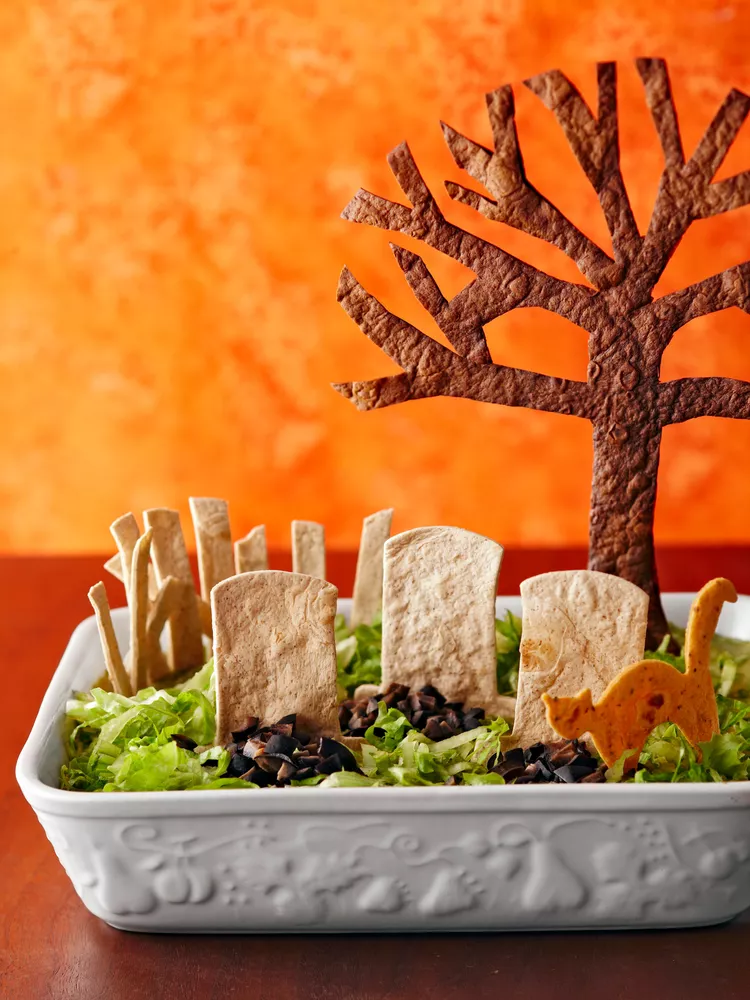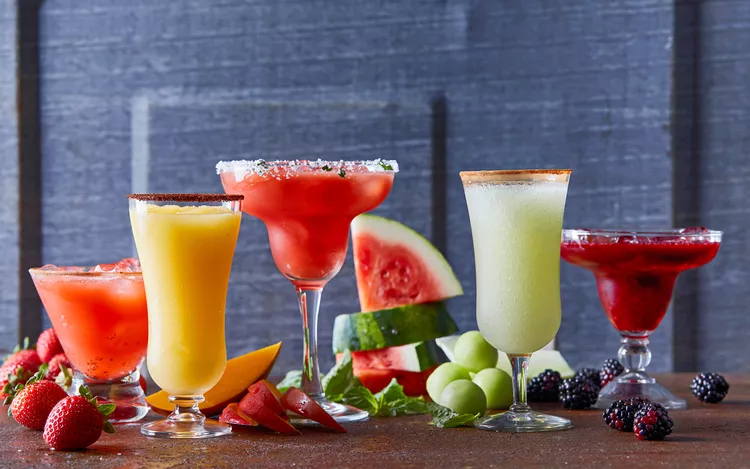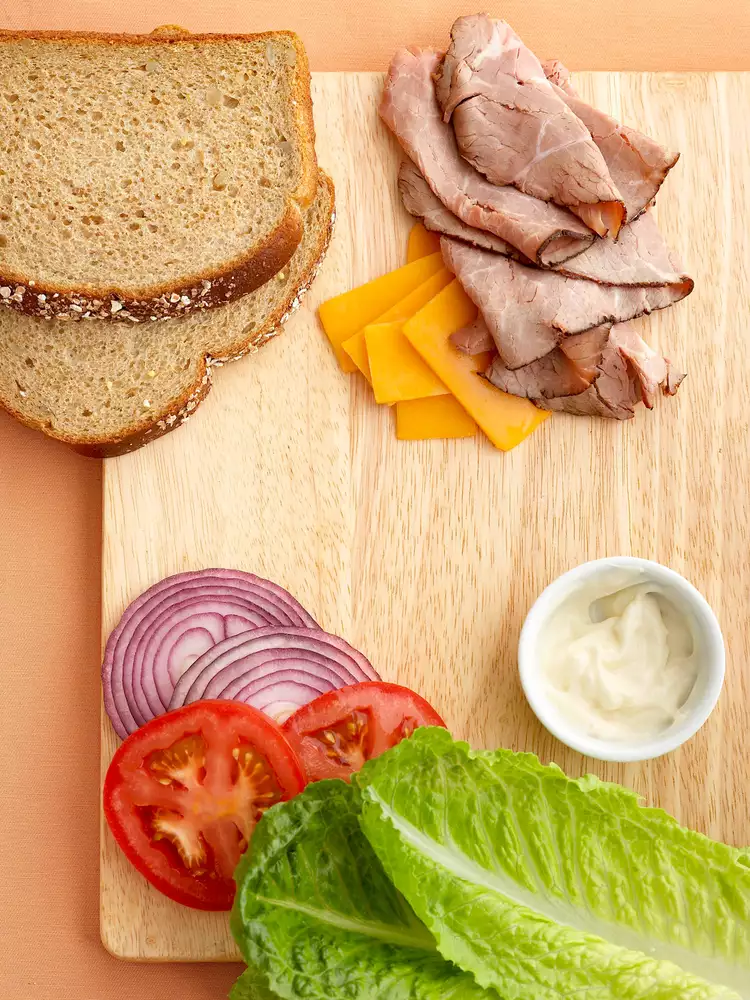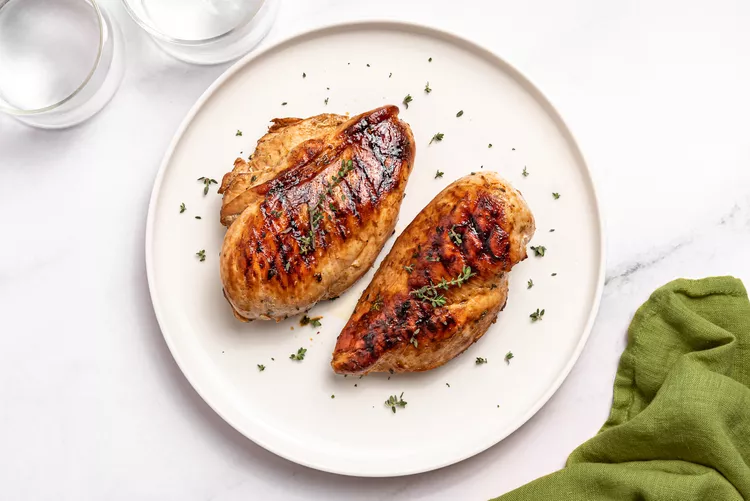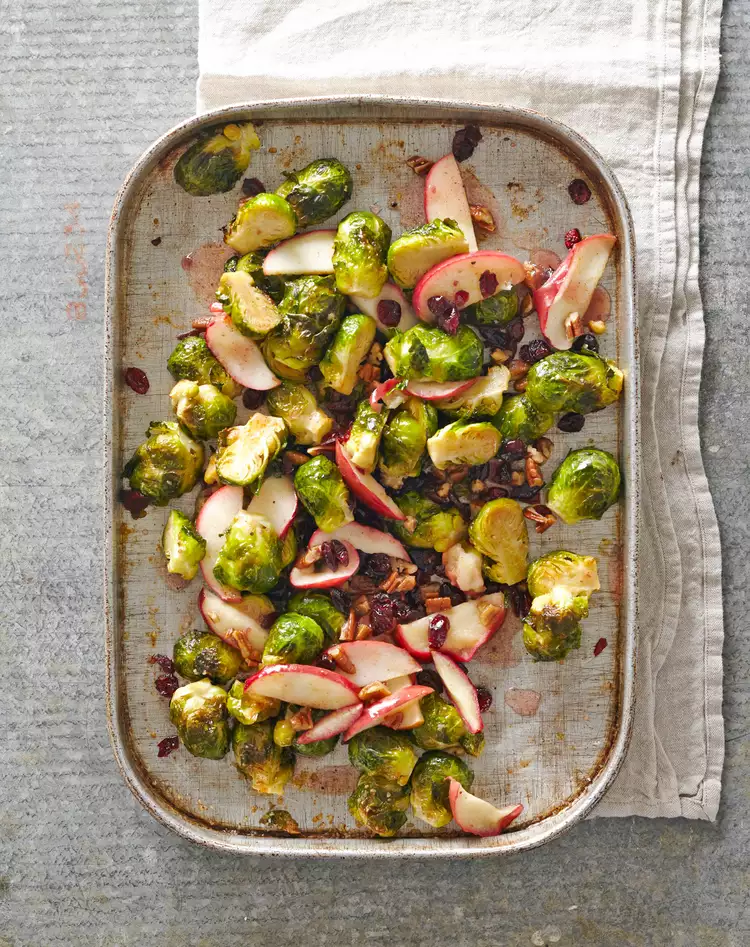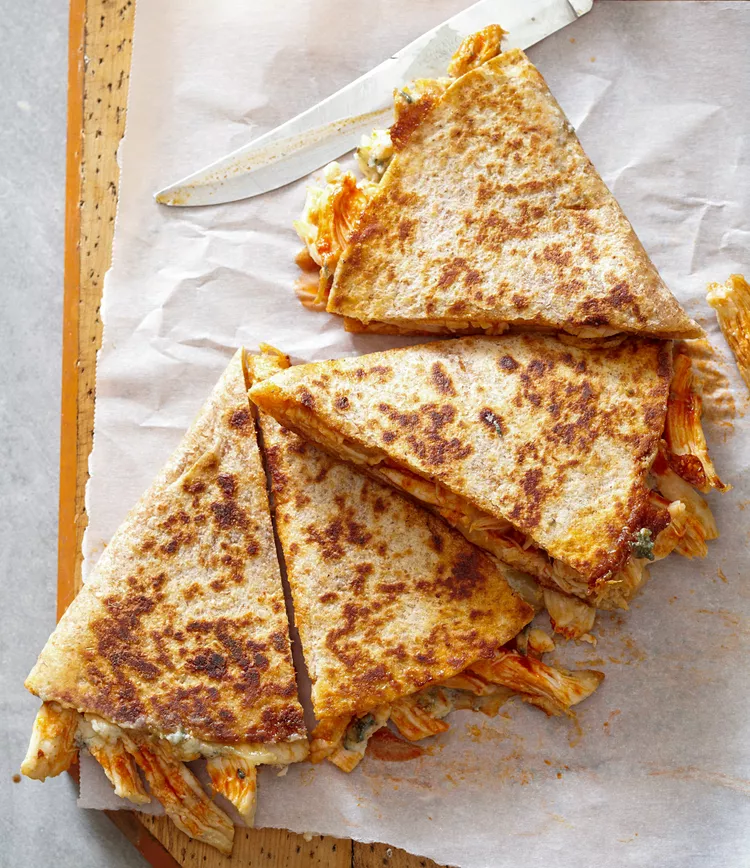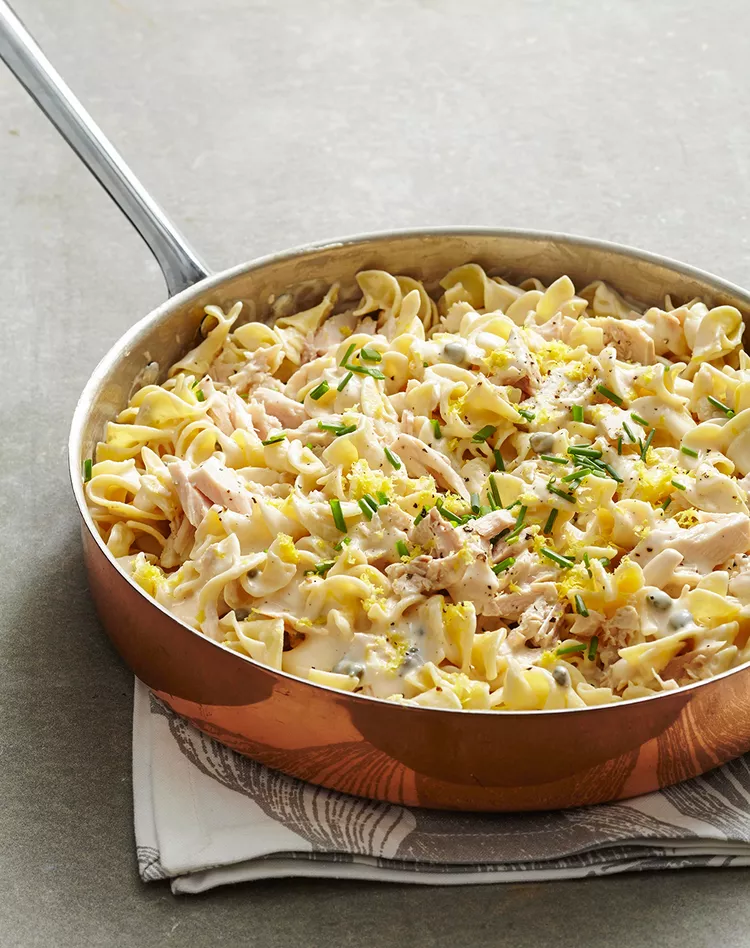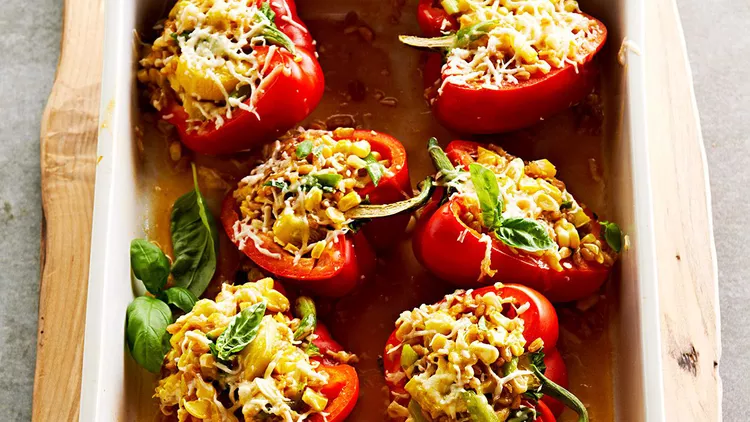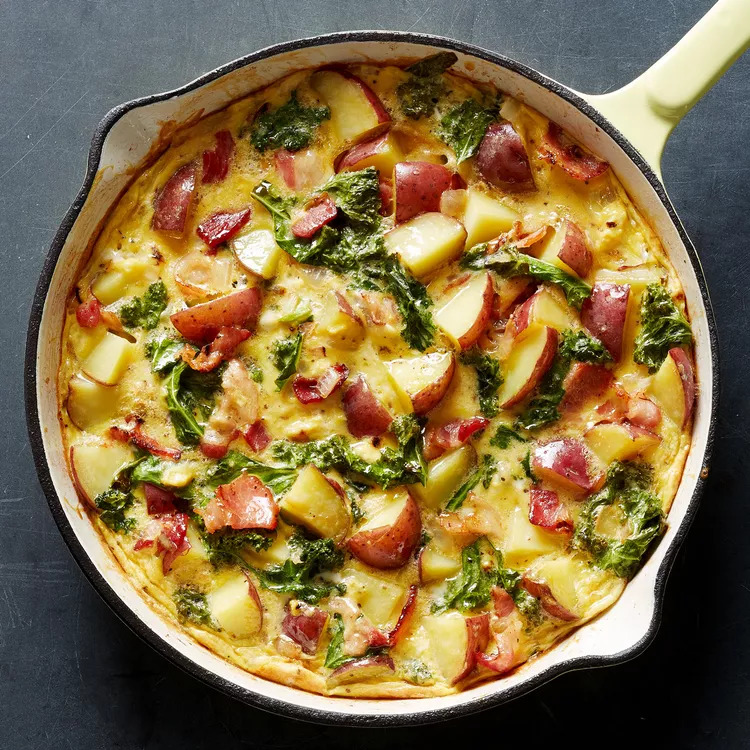Candy corn might be the most controversial Halloween candy. In our experience, people either love it or hate it—and we're firmly in the "love it" category. We're not the only ones eating candy corn by the handful: The National Retail Federation estimated that in 2019, 95% of holiday shoppers stocked up on the tri-color treat. Not to mention, it's consistently the most popular Halloween candy in multiple states.
The little yellow, orange, and white treat is an icon among holiday candies and has a legacy that goes back more than a century. Get the background on how candy corn came to be, discover fun facts, and learn all about how candy corn is made. Try our candy corn recipes and some sweet Halloween decorating ideas that feature the striped treat.
Where Was Candy Corn Invented?
According to oral tradition, George Renninger, a candymaker at the Wunderlee Candy Company in Philadelphia, invented the revolutionary tricolor candy in the 1880s. The Goelitz Confectionery Company brought candy corn to the masses at the turn of the 20th century. The company, now called Jelly Belly Candy Co., has the longest history of making candy corn—although the method has changed, it still uses the original recipe. In honor of its Goelitz roots, Jelly Belly developed a candy corn-flavor jelly bean.
How Is Candy Corn Made?
Candy corn is a mixture of sugar, fondant, corn syrup, vanilla flavor, and marshmallow creme. The ingredients are melted into a liquid candy—called slurry—colored, and run through a cornstarch molding process to create each kernel. Wooden trays filled with cornstarch are imprinted with rows of candy corn molds, where the layers are individually deposited from bottom to top.
The mixture cools in the tray, which seals the three layers together. The kernels of candy corn are sifted from the trays and polished in large drum pans with edible wax and glaze to create their irresistible shine. It's also worth noting that, strictly speaking, candy corn isn't vegan- or vegetarian-friendly. Most formulations contain gelatin or other animal-based ingredients.
What Other Types of Candy Corn are There?
Candy corn is such a popular choice that the mellow creme candies are now available year-round in a variety of colors for other seasonal holidays. Most have the same smooth vanilla flavor as the original, but there are some flavor variations.
- For Thanksgiving, serve fall corn, which is brown, orange, and white (the brown section is chocolate-flavored).
- Christmas-inspired reindeer corn has the classic vanilla flavor of traditional candy corn but comes in a green, white, and red colorway.
- Celebrate Valentine's Day with cupid corn in pink, red, and white.
- For Easter, load up on bunny corn in various pastel colors.
- You can also find seasonal candy corn varieties in apple, pumpkin spice, and cinnamon flavors.
Fun Candy Corn Facts
We're all familiar with the classic orange, yellow, and white treats—but some of the facts about candy corn might surprise you!
Candy corn isn't the treat's original name
What was candy corn originally called? Fun fact: When the Goelitz Confectionery Company first produced candy corn, it was called "Chicken Feed." The boxes were illustrated with a colorful rooster logo and a tagline: "Something worth crowing for."
Candy corn has its own national day
You don't have to wait for Halloween to indulge in the mellow creme candies. Celebrate National Candy Corn Day on October 30.
More than 17,000 tons of candy corn are produced each year
According to the National Confectioners Association, more than 35 million pounds (or 9 billion pieces) of candy corn are produced yearly.
Candy corn is one of the better-for-you Halloween candies
It contains roughly 28 grams of sugar and only 140 calories per heaping handful—and it's fat-free!
It has a long shelf life
Once the package is opened, store candy corn covered and away from heat and light at room temperature; it should last three to six months. If unopened, packaged candy corn will last about nine months.
